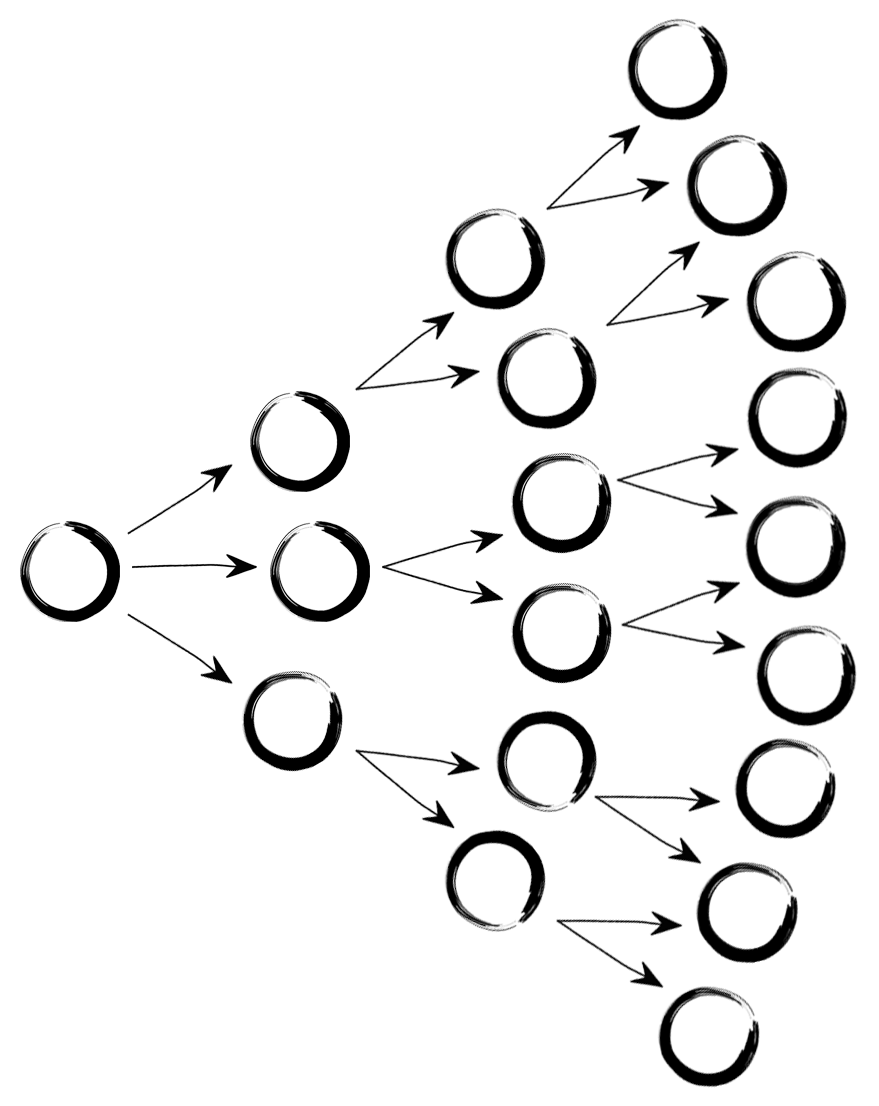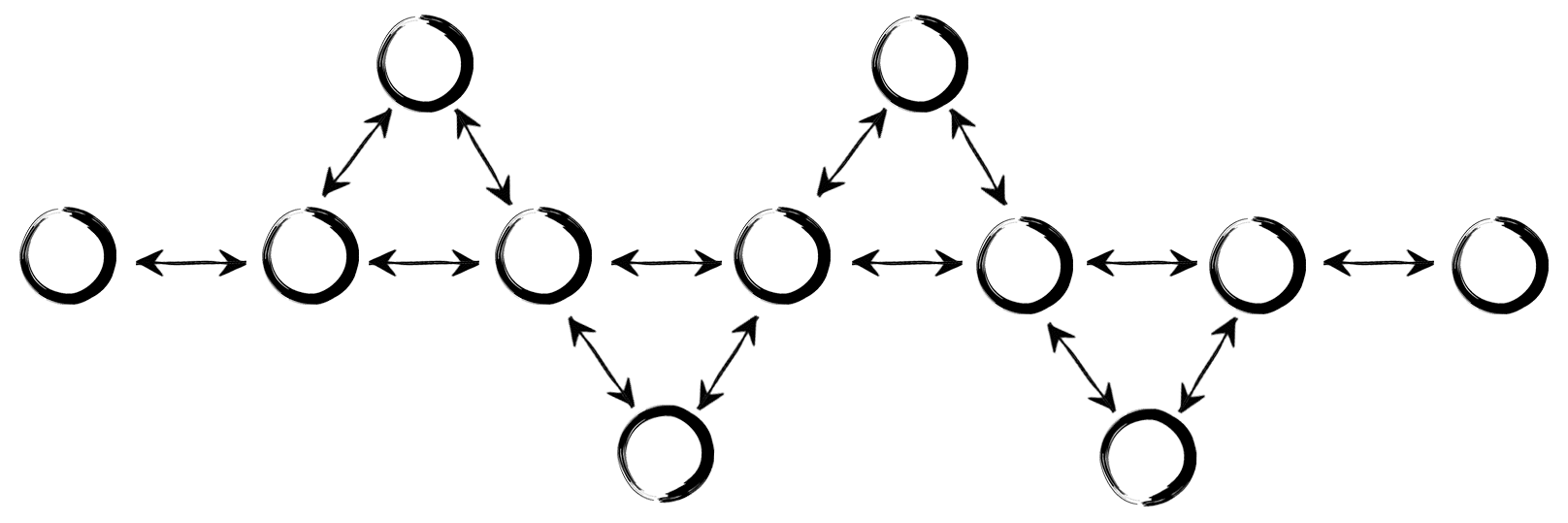Cambridge Arts Network: Interactive Narrative
How do you tell an open-ended story, where the audience actively engages in direction of the narrative? How can you use websites and apps to bring your stories to new audiences? This workshop introduces participants to open and multi-linear screenwriting (i.e. stories with numerous threads). The workshop will also introduce participants to the Unity3D development environment and toolkits for rapidly creating 2D and 3D narratives. We will create an interactive story and share it on Android, iOS and a website.
Dr Kirk Woolford, kirk.woolford@aru.ac.uk
https://twinery.org/wiki/twine2:guide
http://www.adamhammond.com/twineguide/
https://m.youtube.com/channel/UCJP9KsNr3DEdOVeHUsI0fXQ/videos

Linear Narrative

A relatively simple but popular narrative structure where the viewer is faced with multiple decisions and each choice affects the route they take through the story – the narrative branching out with different endings depending on the decisions you make, much like a ‘choose your own adventure’ book or game. Depending on how many branches the narrative contains, this type of structure can get very complex, very quickly. However, if you want a structure where the audience really feels like they are in control of the outcome, this will be the perfect fit.

With a traditional linear structure running through its core, the Fishbone narrative allows viewers to veer off and explore the sub-stories of its tale, but always returns them to the main thread of its story. A structure suitable for those not looking to push boundaries with their film (it doesn’t feel too detached from a linear narrative), but still wanting to add more immersion than is possible with traditional filmmaking. With this structure you still get a great deal of control over the route a viewer takes through your project.

Somewhat of a blend between a traditional linear narrative and a branching structure, the Parallel format means viewers are presented with choices in the story and although these decisions alter the route they take, they always return to the main narrative thread for pivotal moments. More complex and interactive than the Fishbone structure, but not as loose as the Branching approach, the Parallel narrative gives the impression of a ‘choose-your-own-adventure’ whilst still allowing moments of controlled guidance through your story.

A structure often preferred for telling documentary stories through multiple points-of-view. Threads can link together or stay totally separate. The course of the plot does not follow a single path in this form of structure. Rather, the story is comprised of a number of different threads that develop largely independently

With a name that suggests a structure which orbits around a shared central point, it’ll be no surprise to discover that this formats revolves around one main hub which contains multiple entry points to different threads of the story. Viewers can choose which path they take, in whatever order they fancy but they always return to this core area. Though this format is relatively easy to set-up and provides a great deal of freedom and interactivity, this structure does mean you relinquish a lot of the control over what your audience views and although they might take in a lot of information, they might not get the ‘journey’ the other formats provide.
